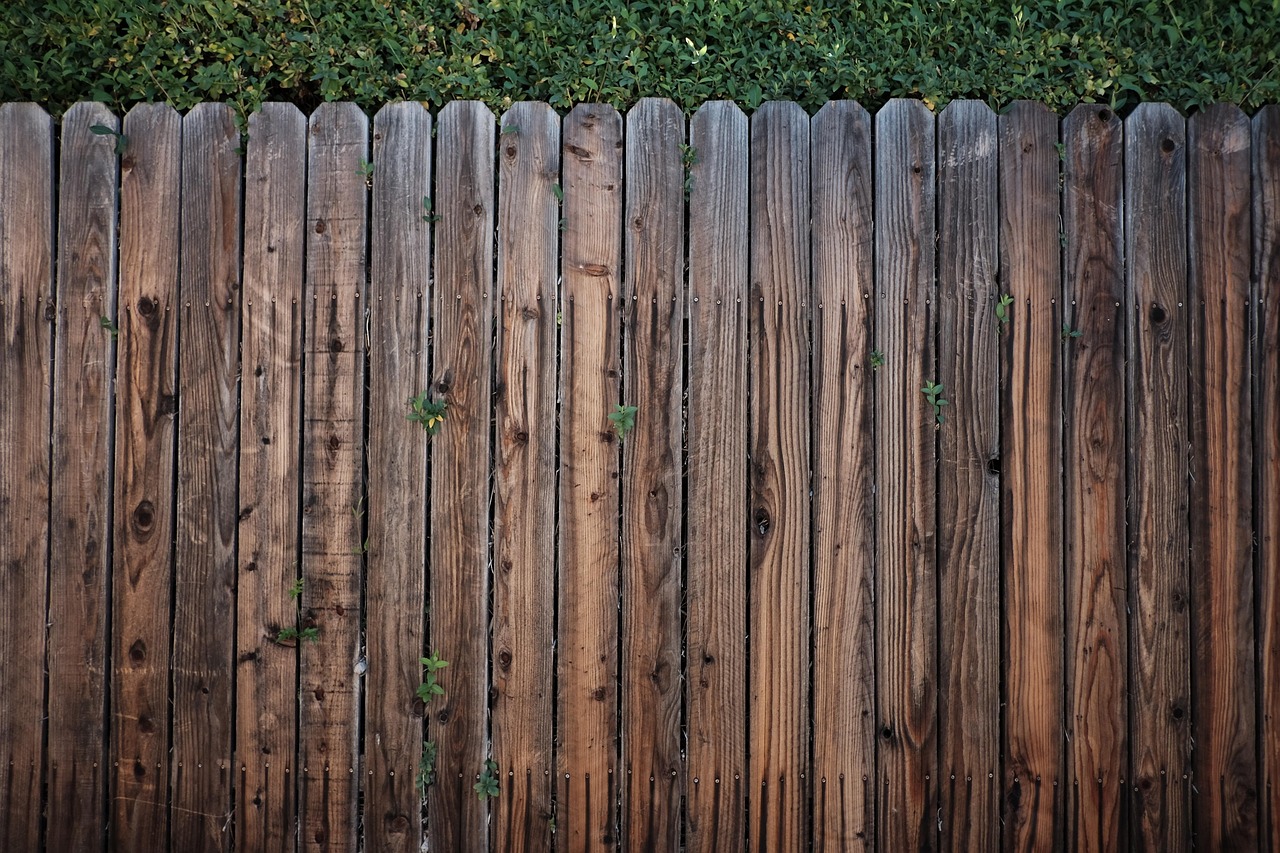
Today’s built environments are more than static structures—they are dynamic, evolving, and flexible. Whether it’s applying fence paint to revitalise outdoor areas, installing cavity sliding doors to better use internal space, or incorporating a ninja playground and fitness zone to promote active living, modern design is shifting towards spaces that support how we live, move, and grow. Each feature serves a greater purpose: to align our physical environments with the rhythm of our daily routines.
Fluid Layouts for Changing Needs
Gone are the days of rigid layouts that forced occupants to conform to the space. Now, it’s the space that bends and flows around the user. Open-plan concepts can be reimagined with modular furniture, movable walls, or flexible partitions. Integrating smart lighting, temperature control, and multipurpose furnishings ensures that each room evolves throughout the day—becoming a workspace by morning, a lounge by night, or a hobby zone on the weekend.
Adaptive design also applies to business and community spaces. In offices, zones can be reconfigured to support collaboration or solitude, depending on task requirements. In recreational settings, multifunctional areas serve as fitness spaces and community event venues. This versatility not only makes better use of square footage but also reflects a cultural shift toward intentional, mindful living.
Function Meets Style
Design that moves with you doesn’t mean compromising on aesthetic appeal. Innovation in materials and finishes makes blending form with function easier than ever. Walls can be softened with acoustic panels that double as art installations. Flooring can transition from hardwood to durable rubber without visual disruption. The beauty lies in the subtlety—how invisible design decisions can amplify comfort, reduce clutter, and improve usability.
Natural elements are also making a comeback. Timber, stone, and recycled materials add texture while reinforcing the idea of sustainable living spaces. It’s about creating a sense of place that
evolves with seasons and stories rather than being built once and frozen in time.
Play, Train, Repeat: Movement in Outdoor Spaces
Movement isn’t confined to interiors. Outdoor environments are transforming to support physical health and social engagement. Fitness-focused areas that once only included basic walking tracks are now being upgraded to include obstacle-based installations and structured
activity hubs. These spaces encourage users of all ages to test their agility, strength, and coordination in ways that feel more like play than exercise.
The rise of these outdoor experiences also speaks to a growing demand for inclusive and invigorating shared community spaces. By blending play with performance, these installations cater to diverse users—from kids discovering their limits to adults training for personal goals. They also promote mental well-being, offering a much-needed break from screen-based living.
Seamless Transitions Between Zones
Fluid movement between rooms is a core principle in contemporary design. This is specifically important in smaller homes or apartments, where every metre counts. Clever zoning with doors that slide away rather than swing open can dramatically increase usable space. Beyond functionality, these transitions help define privacy without sacrificing connection.
Spaces that open and close as needed allow for spontaneity. A guest room transforms into a creative studio, and a kitchen bench becomes a workstation. These small yet deliberate features respond to the complexity of modern life, where our spaces must do more than ever before.
Technology as a Design Partner
Technology continues to play an important role in how spaces evolve with us. Automated systems control lighting, security, temperature, and even mood. Smart glass can shift from

transparent to opaque with a touch. Storage solutions lift from floors or descend from ceilings, revealing hidden compartments only when needed.
What’s important is that technology enhances—not dominates—the design. It enables flexibility, reduces energy consumption, and adds convenience layers when used thoughtfully. Homes and facilities anticipating their users’ needs contribute to a better quality of life without overwhelming the senses with excess.
The Emotional Impact of Adaptive Spaces
Beyond practicality, spaces that respond to us have an emotional resonance. A room that adjusts its lighting based on the time of day helps us feel grounded. A workout area tucked into the backyard encourages self-discipline and joy. A dining nook that folds away after dinner invites relaxation and intimacy.
These experiences remind us that space isn’t just physical—it’s psychological. Environments that reflect our routines and accommodate change make us feel seen, valued, and empowered. They foster resilience by allowing for fluidity in how we use them, which is particularly important in households with children, multigenerational families, or evolving life stages.
Designing for Longevity and Change
If there’s one certainty in life, things will change. Our needs shift with age, lifestyle, health, and circumstances. The best spaces are those that can keep up. That’s why flexibility is increasingly being built into the blueprint—from adjustable shelving systems to multipurpose rooms that can adapt to become nurseries, home gyms, or hobby dens as needed.
Even outdoor elements benefit from future-ready planning. Surfaces that are easy to repaint, shade structures that can be repositioned, or soft landscaping that allows for easy layout changes—these details ensure that the space doesn’t age out of usefulness or style.
The Space You Grow Into
Ultimately, designing spaces that move with you involves investing in more than bricks and mortar. It’s a philosophy of thoughtful living. It asks: What do I need today—and how can this space support that? But more importantly, it asks: What will I need tomorrow?
By embedding movement, adaptability, and personality into design, we create environments that don’t just house us—they evolve with us. They become our quiet companions in life’s busiest moments, our sanctuary when we need a pause and our inspiration when we’re ready to grow.
